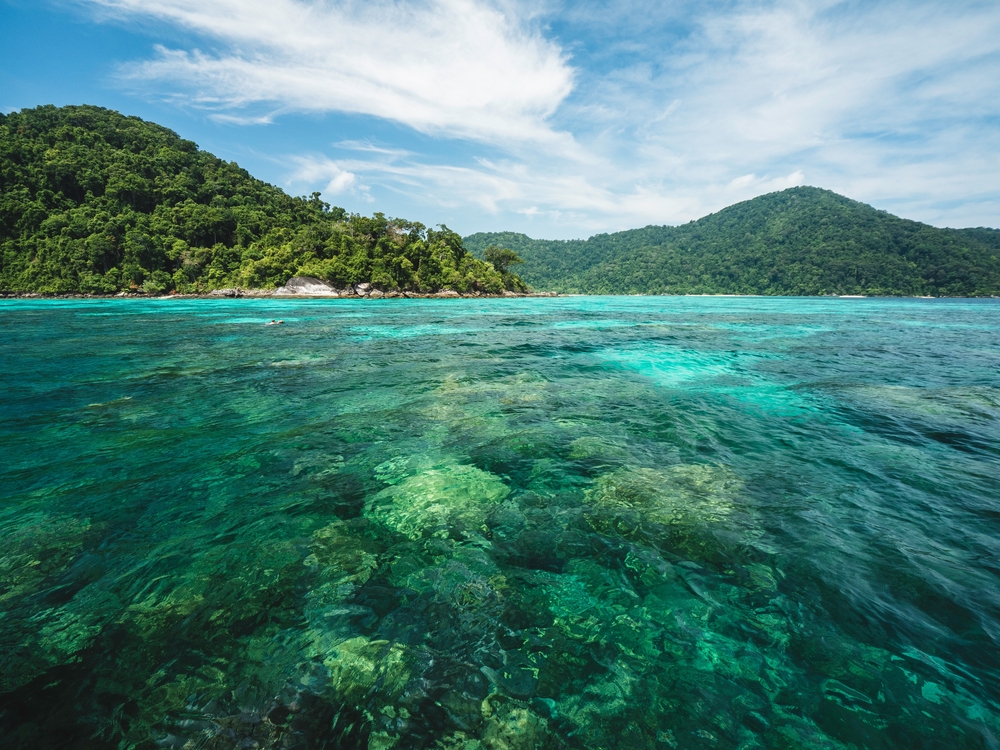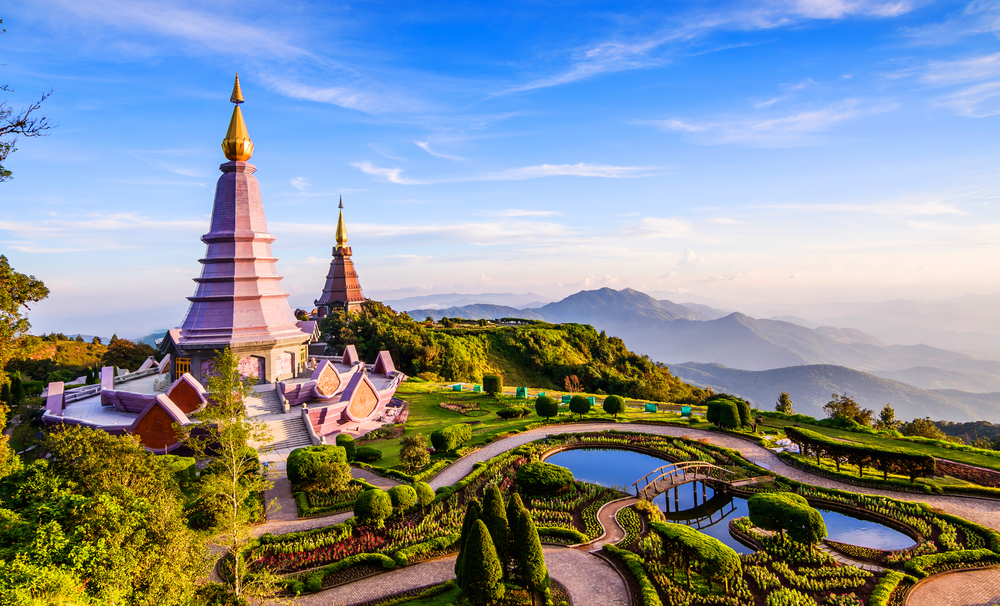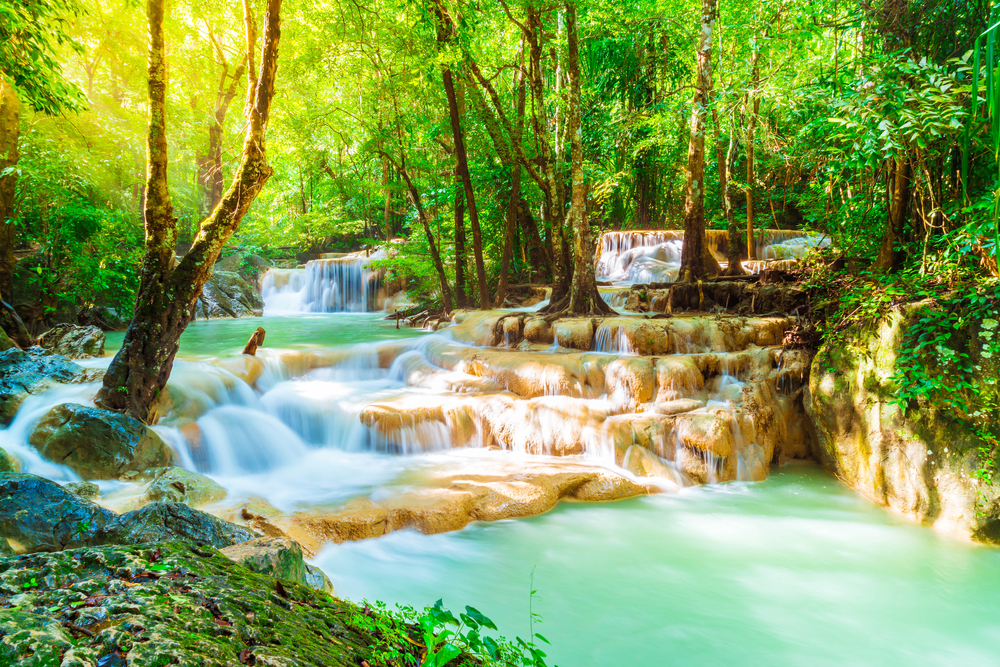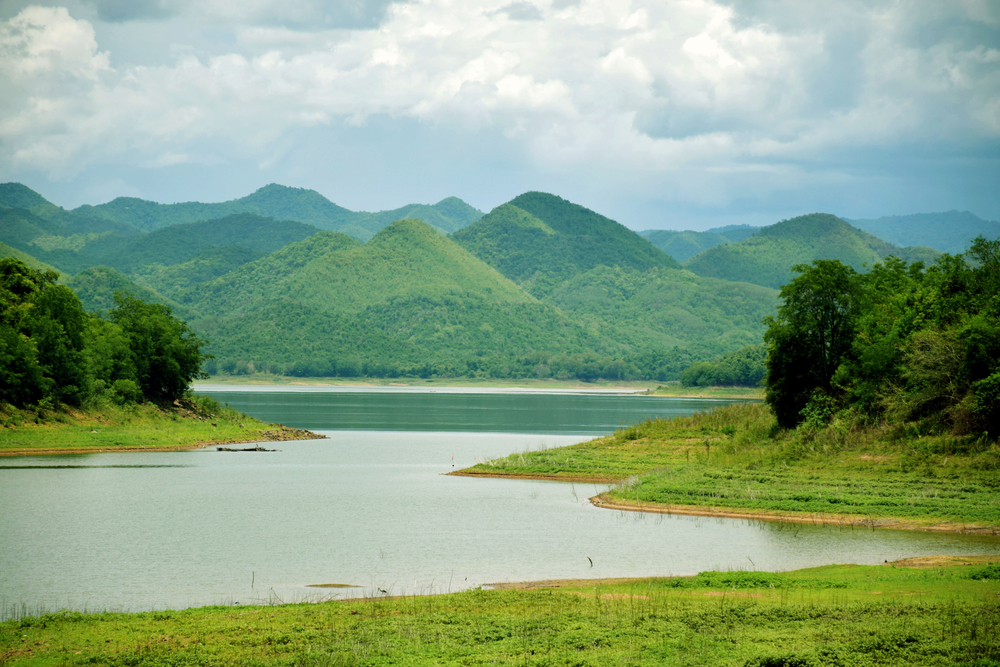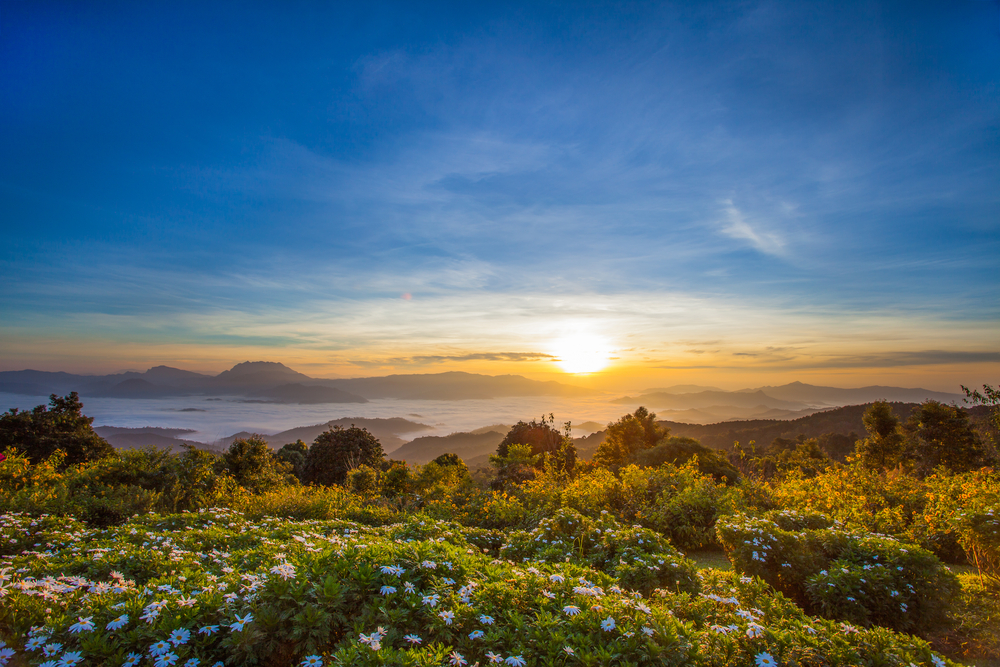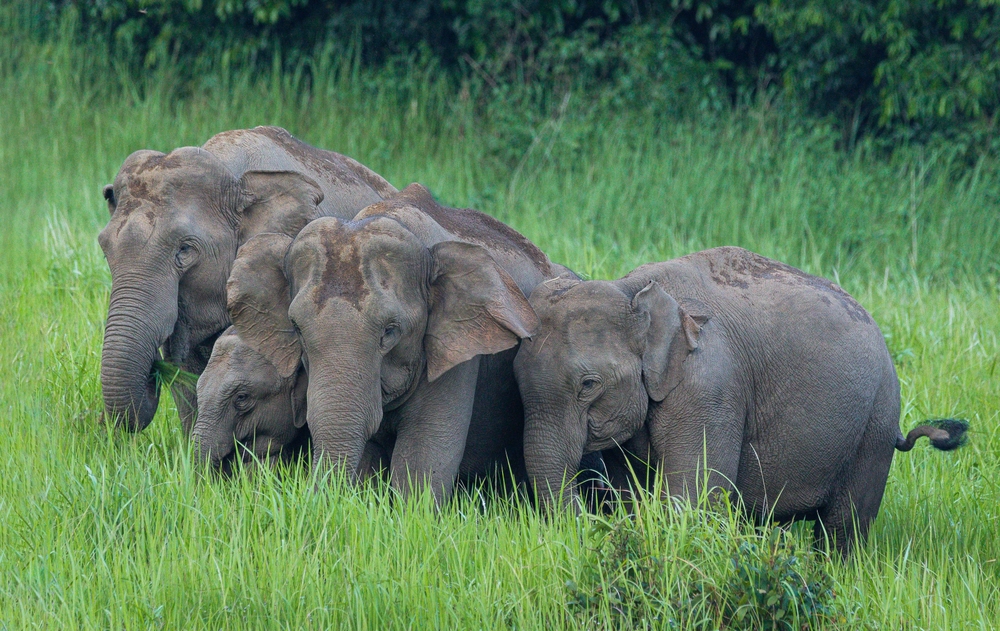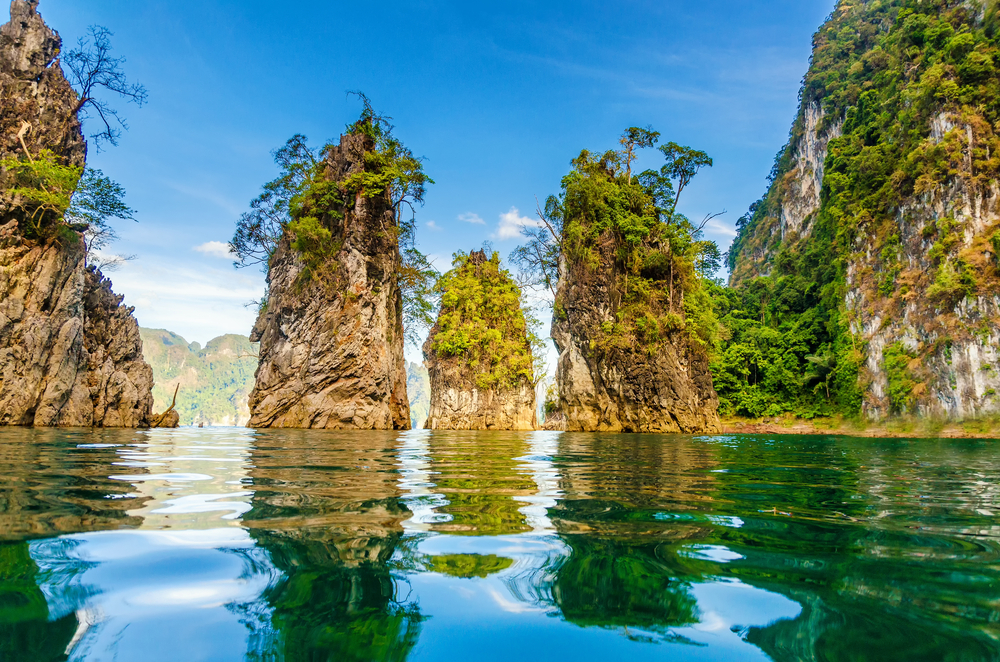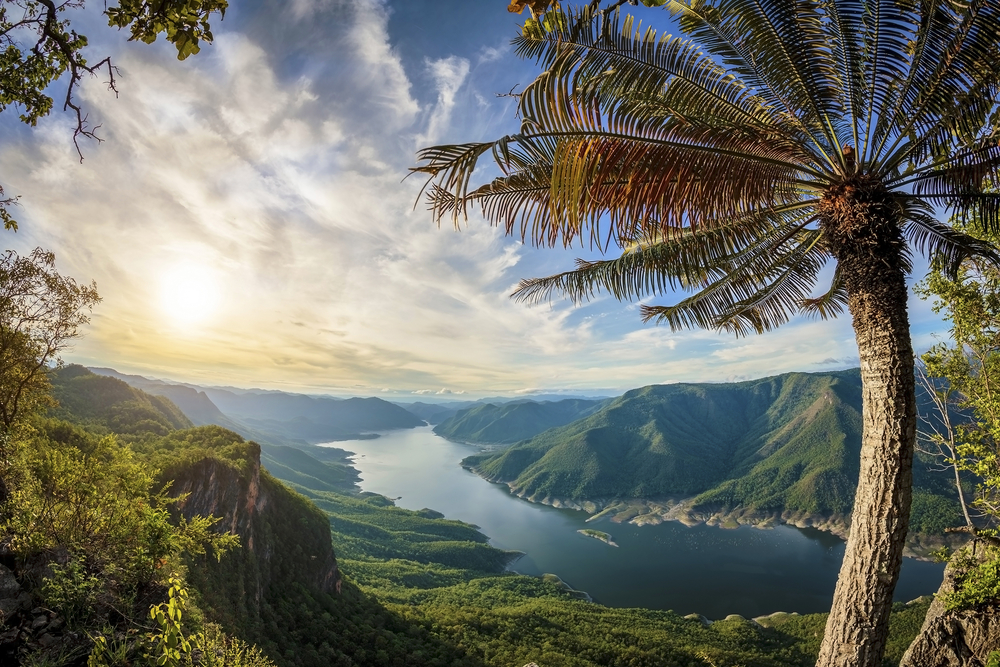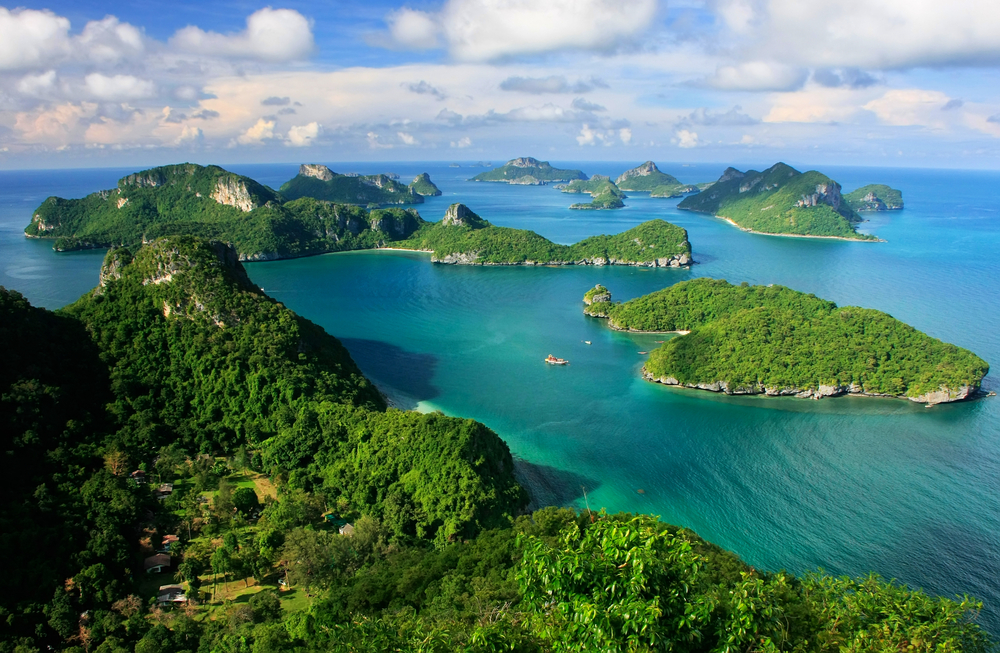Mu Ko Surin Overview
Mu Ko Surin National Park (อุทยานแห่งชาติหมู่เกาะสุรินทร์), located in the Andaman Sea off the coast of Phang Nga Province in southern Thailand, is a pristine marine paradise renowned for its stunning landscapes and abundant biodiversity.
The park encompasses approximately 54 square miles (140 square kilometers), including five islands and the surrounding coral reefs. Its remote location, about 37 miles (60 kilometers) from the mainland, makes it a haven of natural beauty and tranquility, attracting visitors from around the world seeking a glimpse of unspoiled tropical ecosystems.
The terrain of Mu Ko Surin National Park is characterized by dense tropical forests that cloak the islands’ rugged hills and rocky shores. The islands themselves are fringed with pristine white-sand beaches, crystal-clear turquoise waters, and vibrant coral reefs, creating a picturesque backdrop for exploration.
Notable geographic features include Ao Mae Yai Bay and Ao Chong Khat, both renowned for their excellent snorkeling and diving opportunities. The park’s waters are teeming with extensive coral gardens, underwater caves, and diverse marine life, while the land is adorned with lush vegetation such as towering dipterocarp trees, palms, and mangroves.
Wildlife enthusiasts visiting Mu Ko Surin National Park are treated to sightings of a wide range of fauna, both on land and beneath the waves. The islands are home to monitor lizards, flying foxes, and macaques, while the surrounding seas host an incredible variety of marine species, including sea turtles, reef sharks, and clownfish.
Birdwatchers can spot white-bellied sea eagles, Nicobar pigeons, and various kingfisher species. The park is also a critical habitat for endangered species like the green and hawksbill turtles, which nest on its beaches.
Popular features of the park include the stunning coral reefs that make it one of the best diving and snorkeling destinations in Thailand. Visitors can explore sites like Richelieu Rock, famed for its vibrant marine biodiversity and as a spot to encounter whale sharks. The traditional Moken village, where the indigenous sea gypsy community resides, offers a glimpse into the unique cultural heritage of the area. Camping on the islands is another favorite activity, providing an immersive experience in this tropical paradise.
Visitors can engage with the park in various ways, including guided snorkeling and diving tours, kayaking, hiking through the forested trails, or simply relaxing on the beaches. Boat trips between the islands offer stunning views and opportunities for dolphin spotting.
Despite its beauty, Mu Ko Surin National Park faces conservation challenges, including coral bleaching due to rising sea temperatures and the impact of tourism on its delicate ecosystems. However, the park management has implemented measures such as seasonal closures to allow ecosystems to recover, strict regulations for visitors, and efforts to educate the public on sustainable tourism. These initiatives have resulted in notable successes, such as improved coral health and the continued presence of rare species.








































































